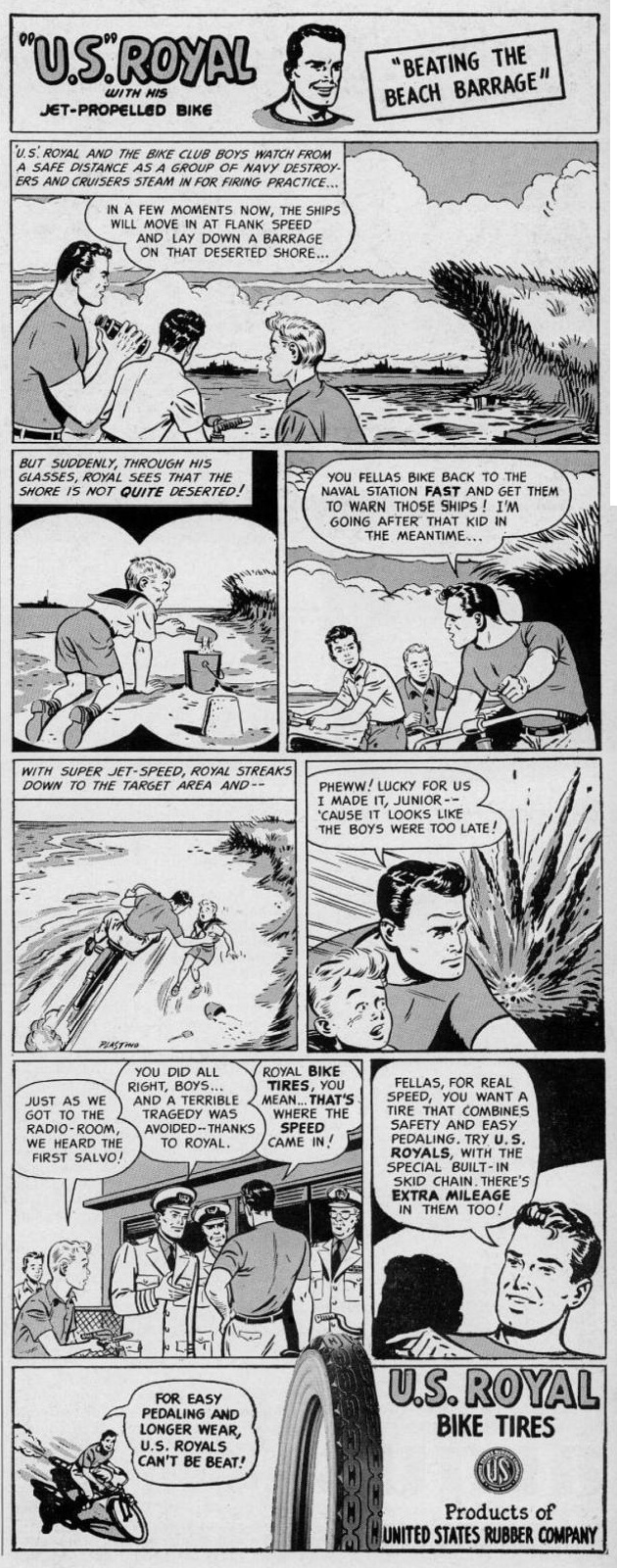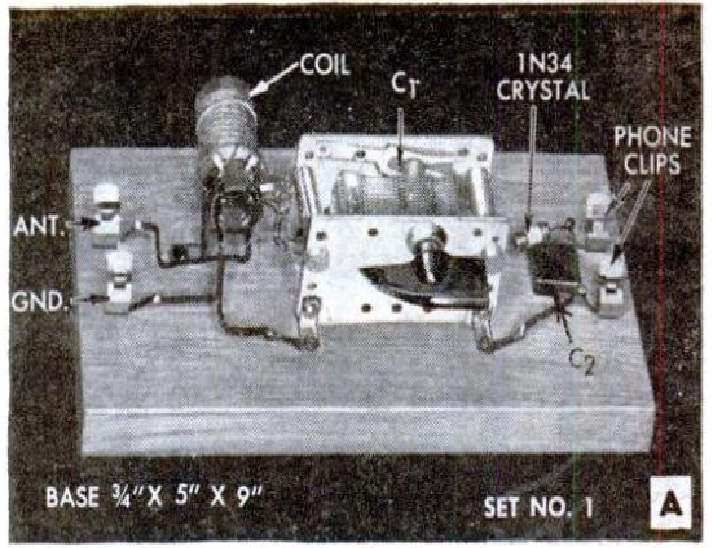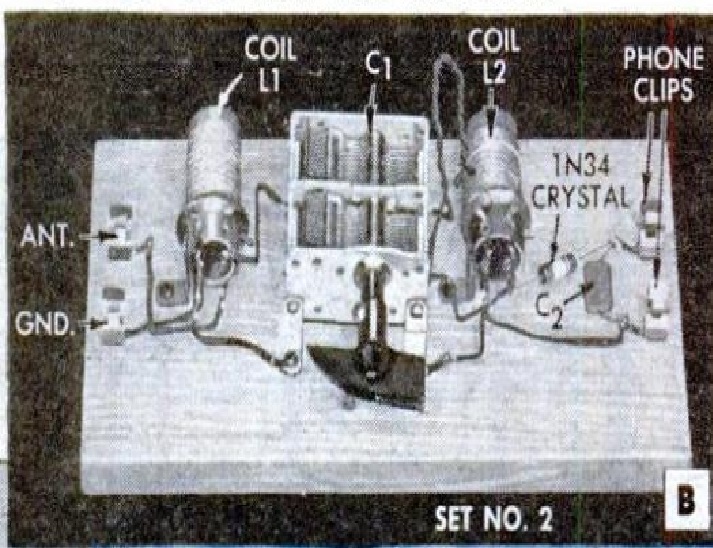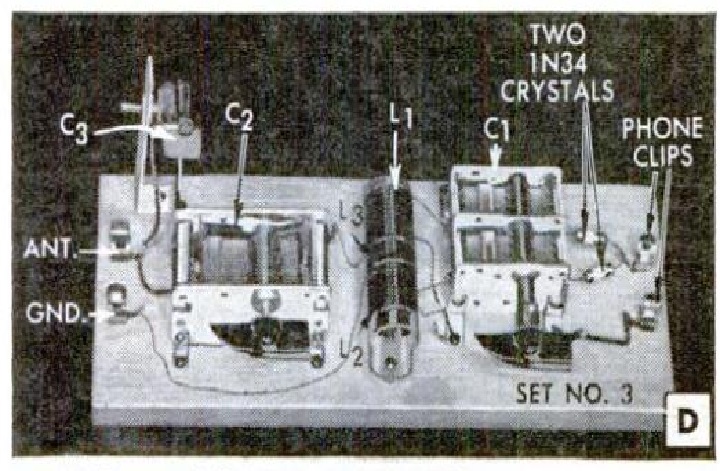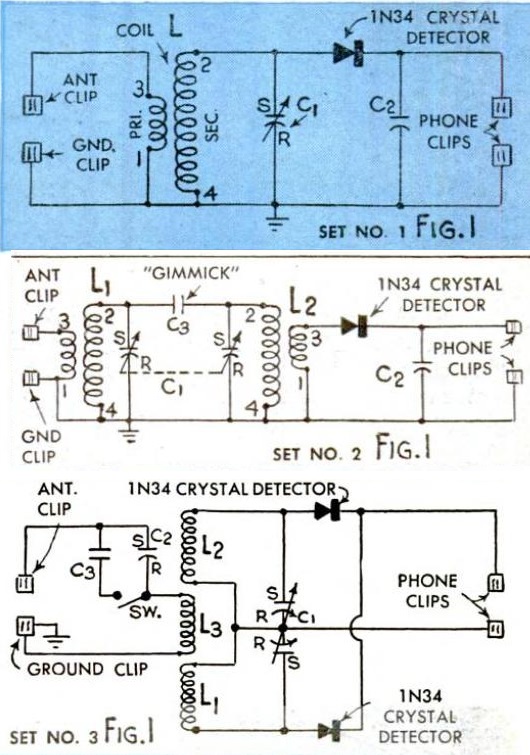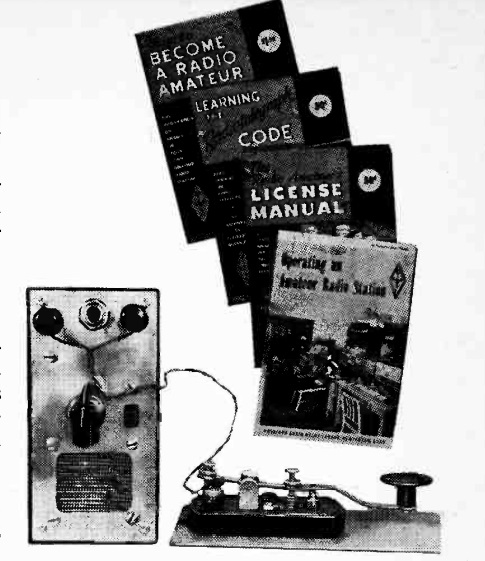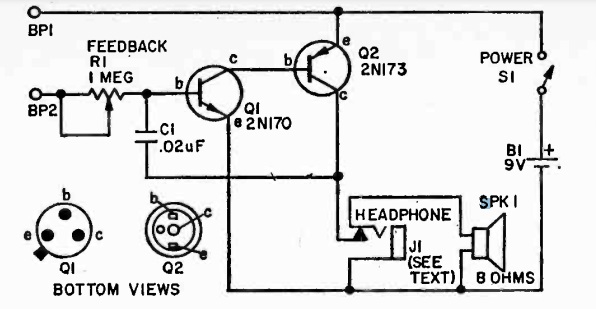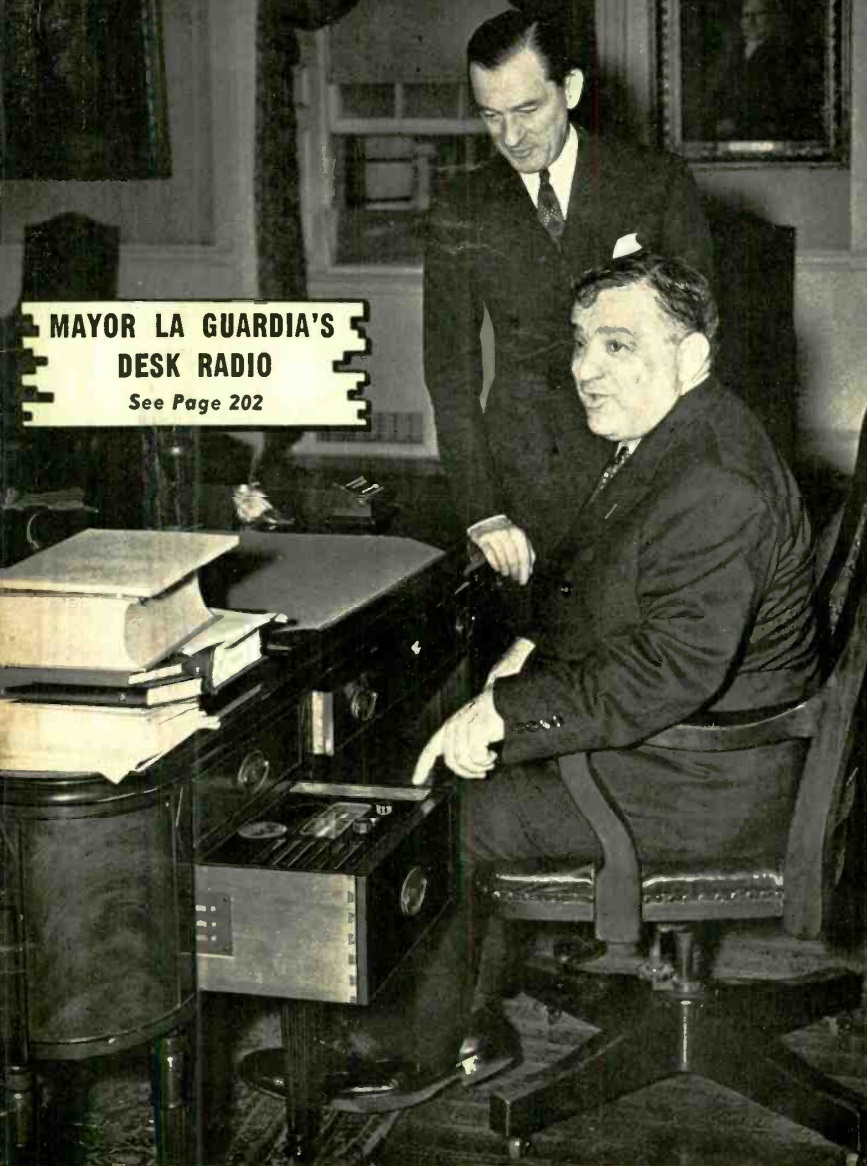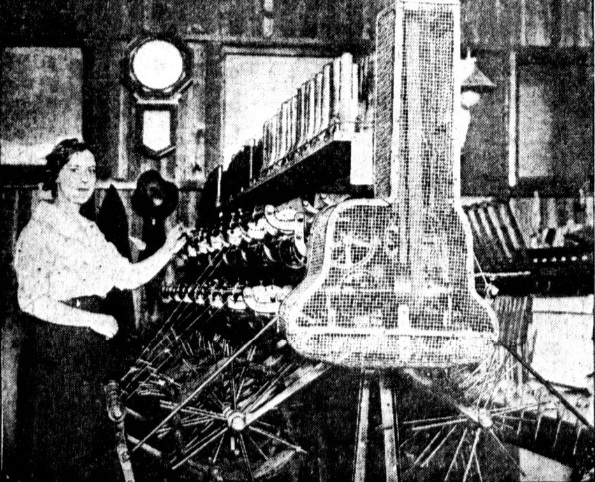 This wire service article is dated a hundred years ago today, October 6, 1920. Although the headline says “radio,” it appears that the system actually used an AF signal. The cable lying in the channel was the primary of a large transformer, and the coil in the ship was the secondary.
This wire service article is dated a hundred years ago today, October 6, 1920. Although the headline says “radio,” it appears that the system actually used an AF signal. The cable lying in the channel was the primary of a large transformer, and the coil in the ship was the secondary.
RADIO GUIDES ‘BLINDED’ SHIP FIFTEEN MILES
Dots and Dashes of New Invention Thwart Ambrose Channel Perils.
FIRST TEST AMAZING
Navy Proves Value of Device Young Californian Has Developed.
(By Universal Service.)
New York, Oct. 6.
With the glass front of the bridge completely covered with heavy canvas, rendering him blind to all intents and purposes, Commander H. H. Norton, U. S. N., this afternoon piloted the I destroyer Semmes through the narrow, devious ways of Ambrose Channel from the Ambrose light to Fort Lafayette, a distance of 15 miles.
The only thing he had to guide him was the monotonous click of a few dots and dashes repeating over and over again, a million times, the one word, n-a-v-y. But as long as he heard it, he knew I he was on the-right course.
If the sound grew slightly faint, he would turn a little lever right and left which accentuated or diminished the sound. That would show him that he was going either to the right or left of the center of the channel. Then he would turn the ship’s nose in the proper direction again.
Past the dangerous bend in the channel just off Roamer shoals, where many a pilot has met disaster, Commander Norton guided the Semmes as straight as a die along the center of the ships’ roadbed. Then, approaching Fort Lefayette, with hundreds of ships of all descriptions on every side he continued triumphantly on his sightless way.
Pilot System’s Flrst Test.
The occasion was the first test by the government of the radio piloting cable system, the invention of Earl C. Hanson. 28 years old, of Los Angeles. The test was arranged by Comdr. R. F. McDonnell, in charge of the government’s radio system
and was witnessed by a score of other naval officers, expert electricians and engineers.
During the war there was much comment as to just how the warships were able to move through the mine infested waters. Just recently it has become known that they operated by a system of audio frequency sound waves. Young Hanson, who is connected with the Navy Department, decided that the idea could be made practical for guiding ships through narrow channels when fog rendered them useless and tied up all shipping. The Navy Department thought so well of the idea that a year ago it took over Hanson’s idea to complete its development.
For months past they have been busy laving an insulated electric cable along the entire length of Ambrose Channel. It required 87,000 feet of cable. One terminal of the generator producing the alternating current is connected at the shore and to a ground current. The other terminal is grounded at the bottom of the channel. Although the cable is fully insulated, it is a fundamental law of electricity that any conductor carrying an electric current produces a magnetic field around the conductor.
Copper wire on Board.
Aboard the Semmes (the only ship yet equipped to use the new invention) are two coils of copper wire on the bow.
These coils pick up the electric current and transmit it to a small set of amplifiers. Attached to these is an ordinary set of telephone receivers. From the shore end at Fort Hamilton is an automatic device which spells out “Navy.’
When a ship reaches the mouth of the harbor it picks up the sound within a thousand feet on either side of the actual location of the cable. Then, if the fog be so thick that the pilot cannot see ten feet on either side of him, he follows the sound, which gets louder and louder as he approaches. When he is astride the cable, all he has to do is to follow it, as simply as a blind man would follow a string stretched along the length of Broadway. Commander McConnell declared yesterday that if the system had been in operation during the dense fog which held up hundreds of ships outside the harbor last week, every one of them would have made their docks without an hour’s delay.
This clipping is from the Washington Herald, October 7, 1920.
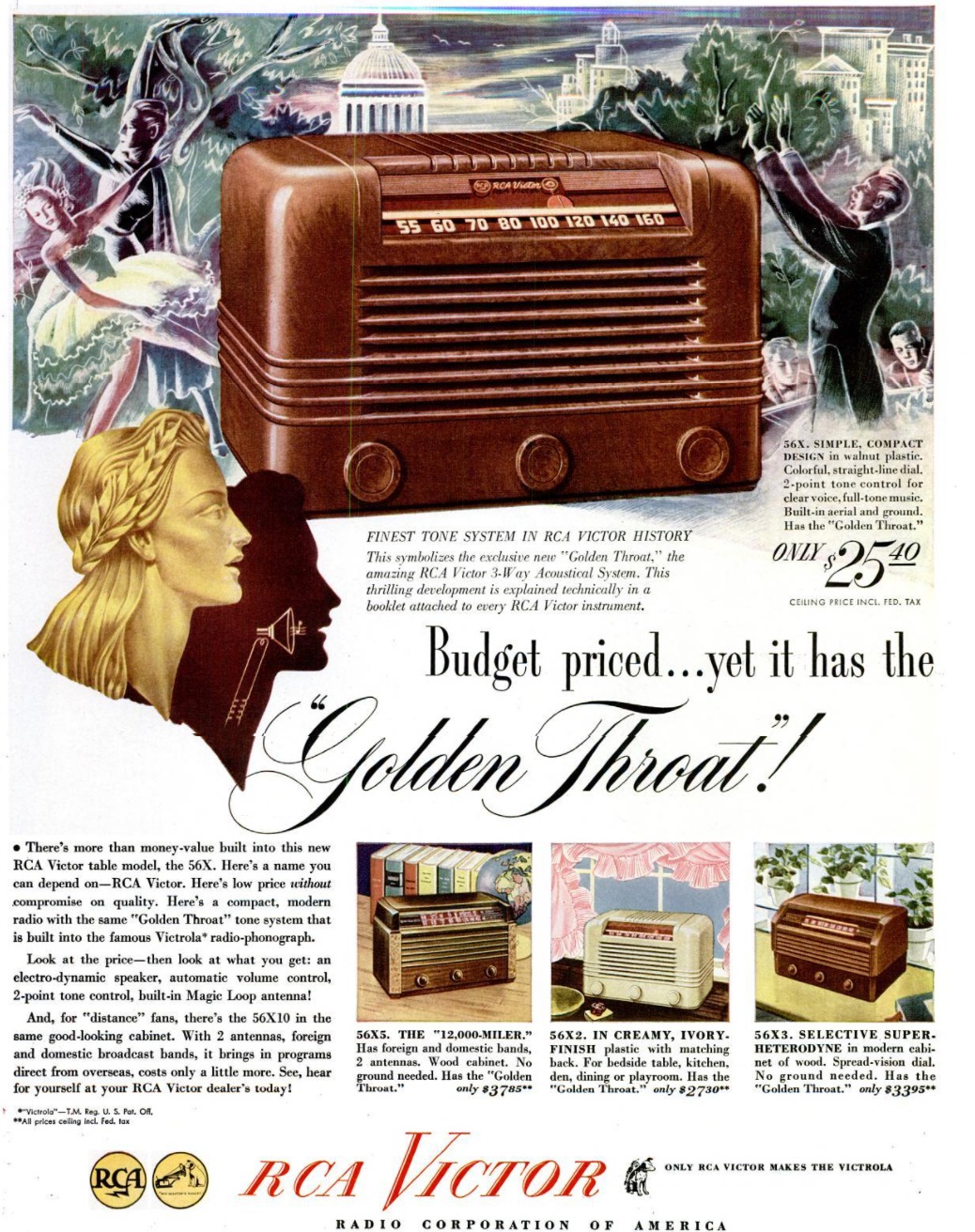 Seventy five years ago today, the August 12, 1946 issue of Life magazine carried this ad for the RCA model 56X and some variations. The set is a six-tube superhet covering the broadcast band, and retailed for $25.40 in its walnut plastic cabinet. The same radio with the creamy ivory finish, model 56X2 sold for $27.50, and the 56X3 in a wooden cabinet had a list price of $33.95.
Seventy five years ago today, the August 12, 1946 issue of Life magazine carried this ad for the RCA model 56X and some variations. The set is a six-tube superhet covering the broadcast band, and retailed for $25.40 in its walnut plastic cabinet. The same radio with the creamy ivory finish, model 56X2 sold for $27.50, and the 56X3 in a wooden cabinet had a list price of $33.95.

